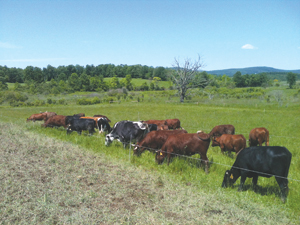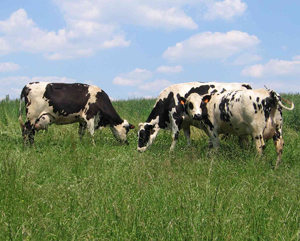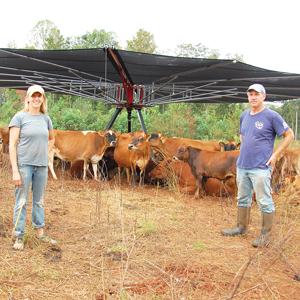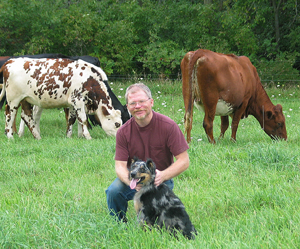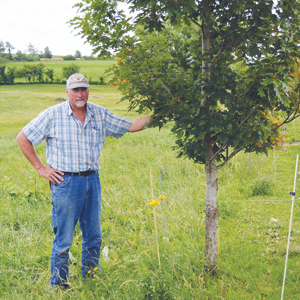North Country Creamery succeeding in rural area
By Martha Hoffman
Keeseville, New York — Small-scale dairy processing and marketing usually requires access to nearby urban markets.
However, in northeastern New York, far from large cities, North Country Creamery is finding success selling dairy products throughout the rural region.
Continue reading “Milking and processing at micro scale”

